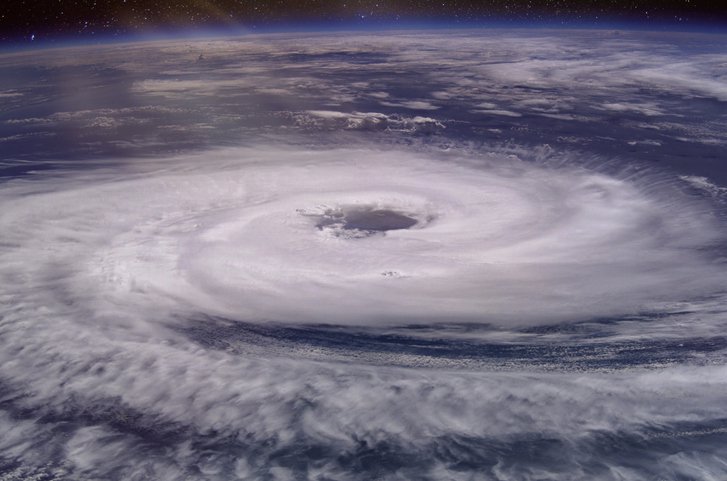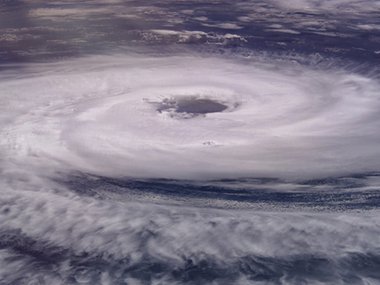Question Your World: Why Are Hurricanes Slowing Down?
Climate scientists around the world actively prepare for this time of year - hurricane season! While hurricanes are dangerous and can cause lots of damage, studying them allows us to better prepare for the future. Naturally, climate scientists have been learning a lot from past storms too. In fact, new information from the National Oceanic and Atmospheric Administration is making a lot of buzz right now, and it’s a slow burn. For those of you looking forward to just getting hurricane season over with, slow down. There are some big changes happening to our hurricanes - they’re slowing down. This raises a lot of questions, so let’s dig into the big topic. Why are hurricanes slowing down?
“Low and slow” might be a typical technique for summer barbecue greatness, but when it comes to hurricanes, we can all agree that slow-moving storms really blow…as in, they’re bad news. New scientific observations from the National Oceanic and Atmospheric Administration have shown that on average globally, hurricanes have slowed down by about 10% since 1949 when we began keeping reliable records of the “translational speeds” of hurricanes - or the speed that they travel over an area.
These speed changes are not happening only at the equator, but we’re seeing these slowing trends happen at our latitude as well. In fact, here in our neck of the woods, land-falling hurricanes have actually slowed down by almost 20%. That’s pretty much like going from 65 to 50 mph in your car on the highway, super noticeable! Hurricanes are taking longer to pass over the areas they impact, which puts us at a higher risk of extreme rainfall and flooding events in populated areas.

Image credit: Getty Images
This situation is basically what happened with Hurricane Harvey in 2017. This slow dumping of huge amounts of water certainly made headlines all around the world. Hurricane Harvey clocked some extremely devastating flooding, greatly due to the slow motion of this storm over land.
Global warming, which virtually all scientists contribute to human emissions of heat-trapping gases, reinforces these hurricane slowdowns by slowing down the winds that generally carry hurricanes along their tracks. In addition, a warmer atmosphere can carry more water for rain while a warmer ocean provides more moisture for that air to carry. Also, in more recent years, hurricanes are reaching their maximum intensity further away from the equator, providing new threats to areas that historically have not experienced strong storms. Some of these areas may be extremely unprepared and could see devastating amounts of damage should a big storm suddenly shift or make landfall in these regions.
Scientists and policymakers alike agree that this sort of information can greatly help up us ready our coastal areas and inland cities for more intense rainfall due to slower-moving hurricanes. Community knowledge on evacuation routes out of low-lying areas is helpful, but also helpful is replacing paved urban areas with beautiful water-absorbing green spaces. Keep in mind that this is just how it is now – if hurricanes continue to slow down, scientists will also be forced to consider reclassifying them as slowy-canes.

